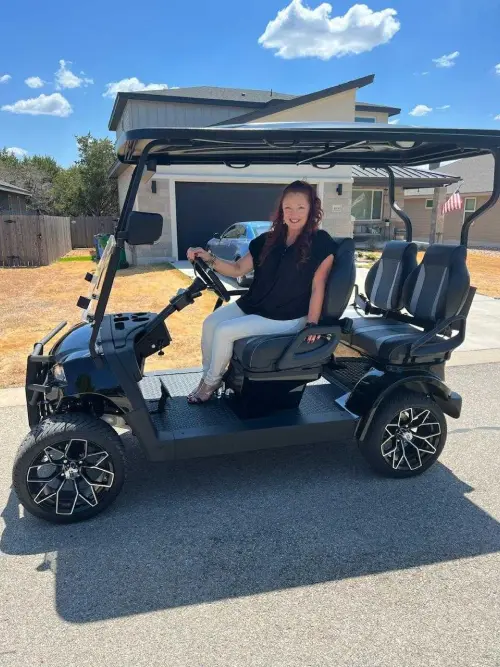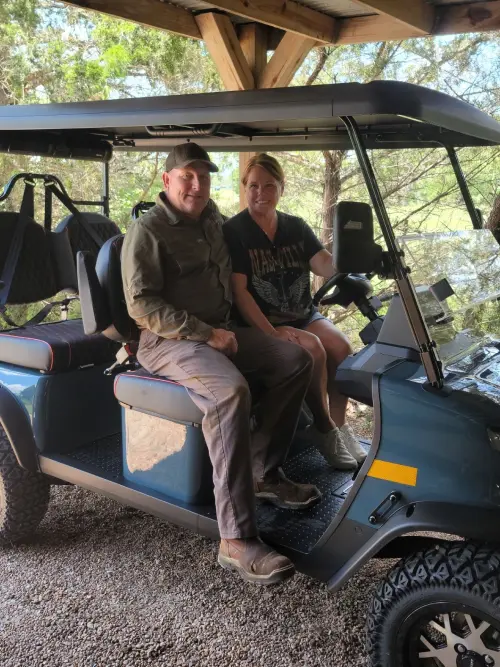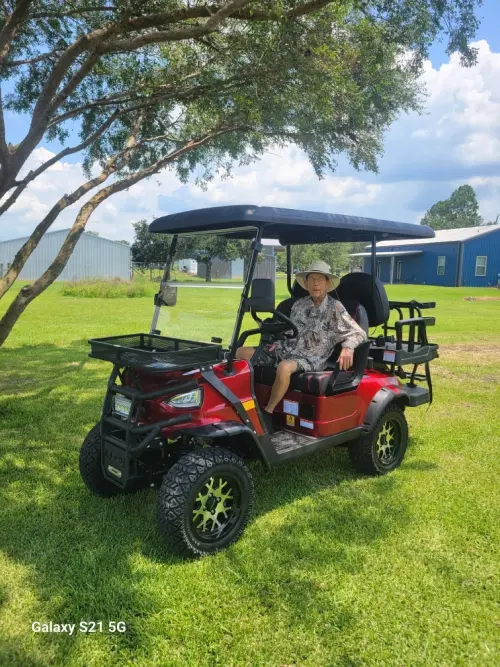Your golf cart works hard all season long, so why not give it the care it deserves during its downtime? Proper off-season storage keeps your cart out of the elements and preserves its good performance. Whether you’re dealing with icy winters or simply taking a seasonal break, these expert tips from Austin’s top golf cart dealer will help you keep your cart in tip-top shape and ready to roll when you are.
Why Proper Storage Matters
Winter can pose challenges such as freezing temperatures and moisture, but off-season storage isn’t just about winterizing—it’s about ensuring your cart is ready for any extended period of inactivity. Whether it’s a gas or electric golf cart, the right preparation can keep it in top condition and prevent expensive repairs when it’s time to use it again.
Steps to Store Your Golf Cart for the Winter
1. Thorough Cleaning for Protection
Start by giving your golf cart a meticulous cleaning inside and out. Removing dirt, debris, and residue from the exterior and interior components prevents corrosion and keeps your cart looking its best.
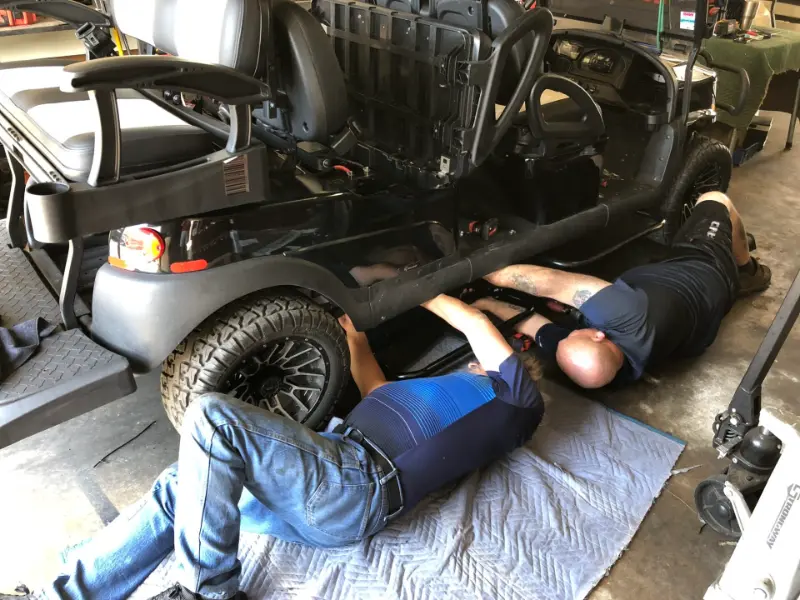
2. Strategic Storage Location
Choose a storage spot that shields your golf cart from the elements. Ideally, it should be a covered and dry area such as a garage, shed, or carport. If indoor storage isn’t an option, invest in a protective cover. For around $40, you can purchase a weather-resistant cover online, or even use heavy canvas material as a temporary solution.
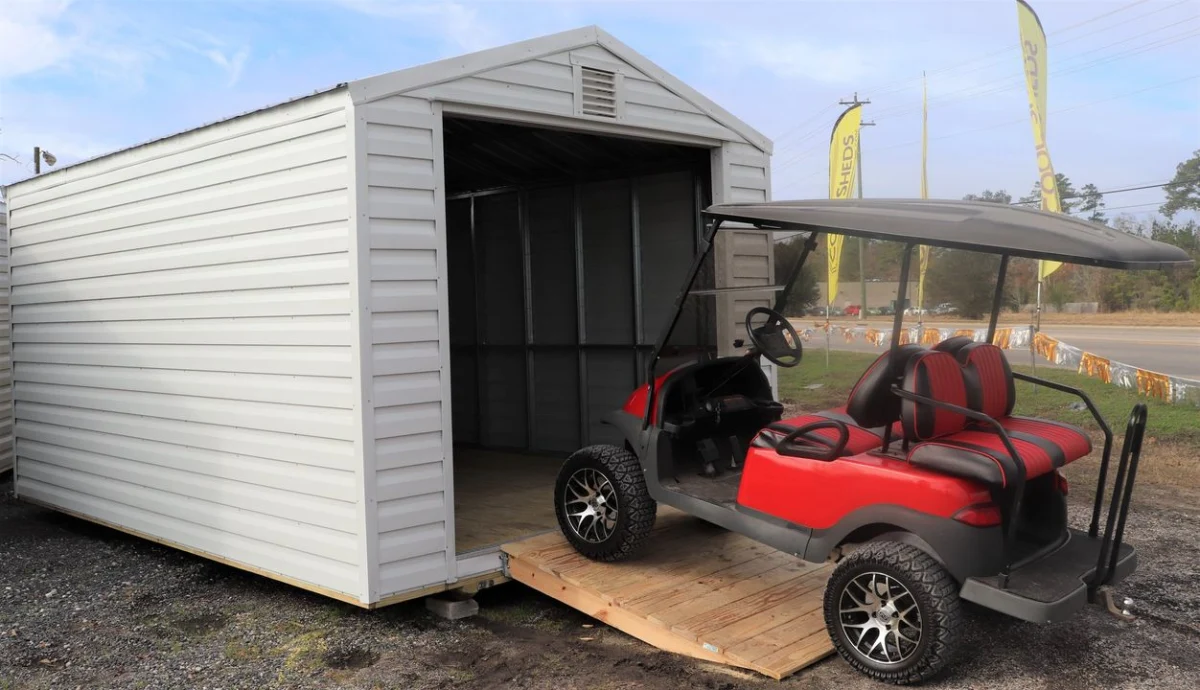
3. Battery Maintenance
Before storing your electric golf cart, fully charge the battery to prevent degradation. A fully charged battery helps maintain its lifespan and reduces the risk of damage during storage.
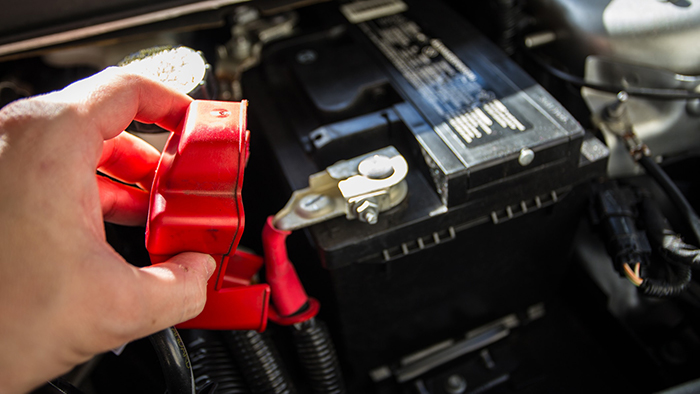
4. Battery Cable Disconnection
Disconnect the battery cables to eliminate any power drain during storage. This step ensures the battery retains its charge and prevents electrical issues over the off-season.
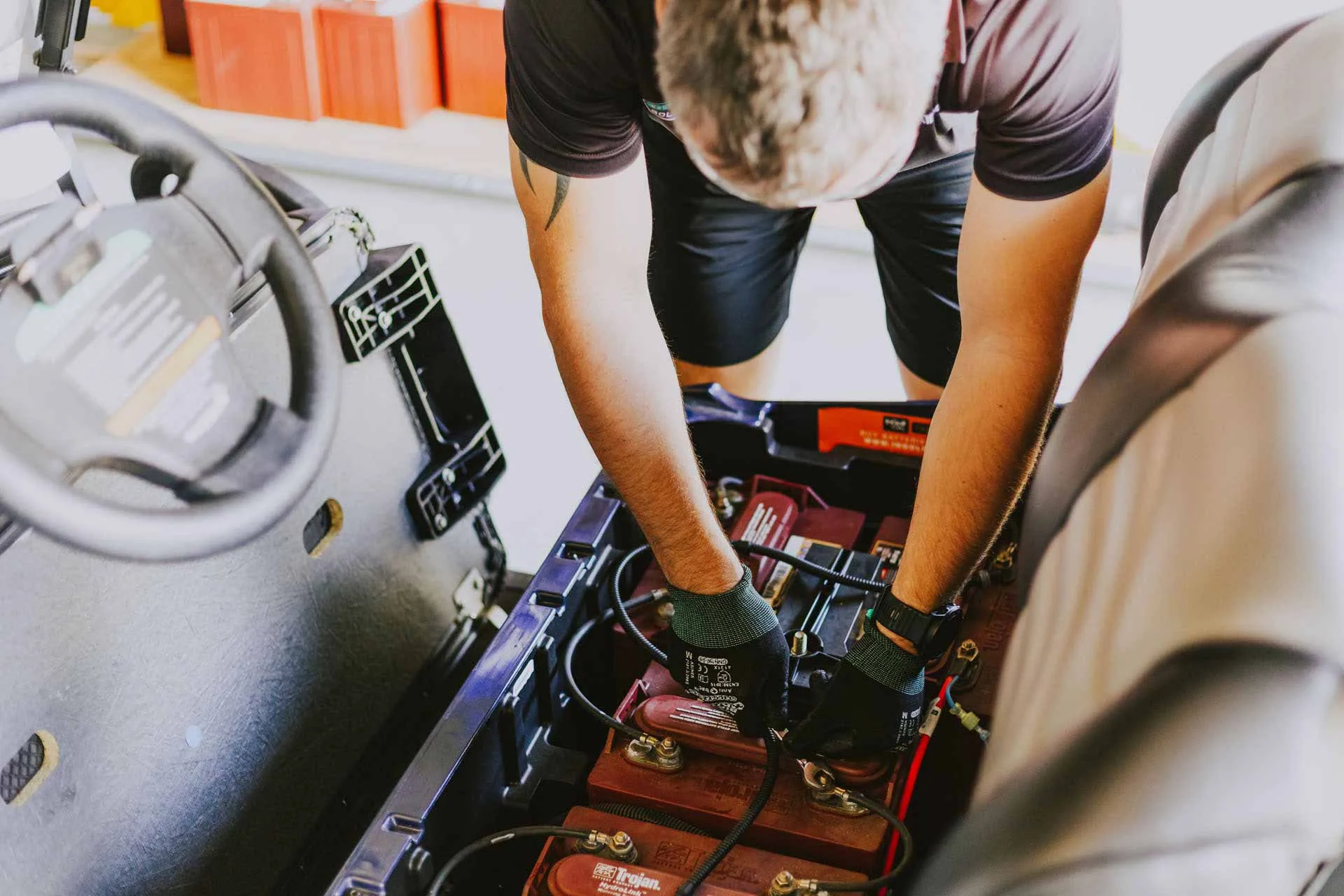
5. Tire Pressure Inspection
Inspect and adjust the tire pressure to avoid flat spots and ensure the tires remain in good condition. Properly inflated tires are critical for safety and functionality when you use the cart again.

6. Key and Power Switch Management
Deactivate the key and power switch to prevent electrical drain. Remove the key from the ignition and switch the power mode under the seat to TOW, ensuring the vehicle is fully powered down.
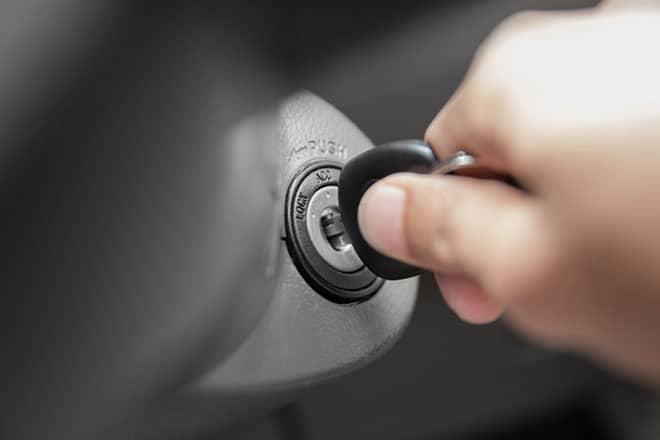
Expert Tips for Maximizing Performance
To ensure your golf cart stays in peak condition, follow these off-season storage tips:
- Partner with Professionals: Consult a reputable golf cart dealer in Austin like Golf Carts of ATX for tailored advice on off-season care. We provide valuable insights specific to your model.
- Utilize Mobile Repair Services: Take advantage of golf cart mobile repair services to address maintenance needs before storage. These services offer convenience and expert care wherever you are.
- Plan Ahead: By prioritizing maintenance now, you’ll safeguard your investment and enjoy a seamless transition back to use when the season starts.
By following these steps and tips, you’ll protect your golf cart from off-season damage and ensure it’s ready to perform when it’s to hit the green (or road) again. For expert assistance, contact Golf Carts of ATX for professional storage advice and maintenance services.
Frequently Asked Questions
How should I store my electric golf cart during the off-season?
Clean it thoroughly, charge the battery, disconnect the cables, check tire pressure, and store it in a dry, covered location to protect it from harsh weather.
How can golf cart mobile repair services in Austin help with off-season maintenance?
We provide convenient solutions for winterizing and addressing maintenance needs, ensuring your cart receives professional care before storage.
How long can a golf cart sit without charging?
Lead-acid batteries should be checked and recharged every 2-3 weeks. Lithium batteries discharge more slowly and can typically sit for up to 3 months without charging, making them ideal for long-term storage.
Is it safe to leave the battery charger connected all winter?
While you can leave the charger connected, it’s better to disconnect the batteries and switch the vehicle to TOW mode. For lithium batteries, charge them at a reduced rate during cold weather to avoid damage. Continuous charging over long periods isn’t recommended as it can harm the batteries.

